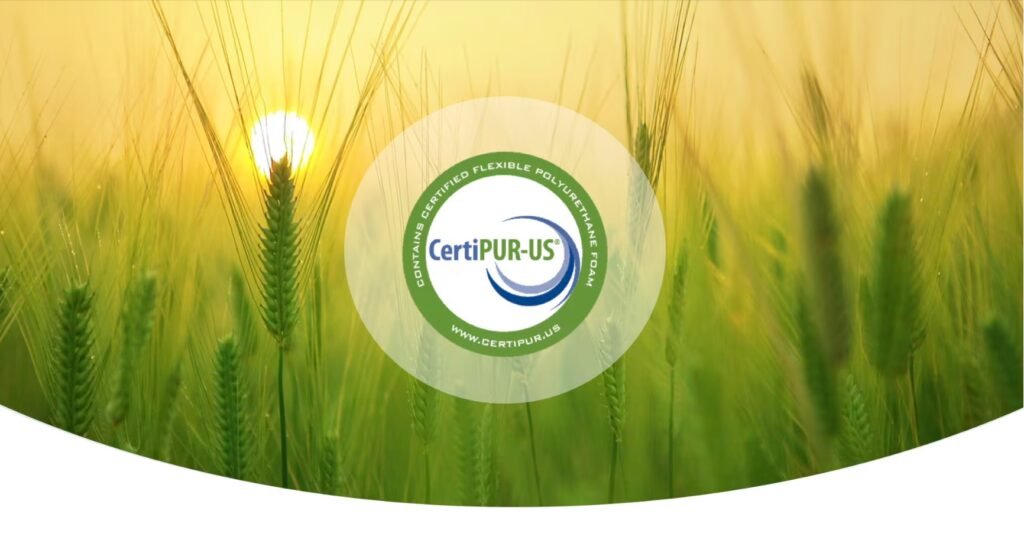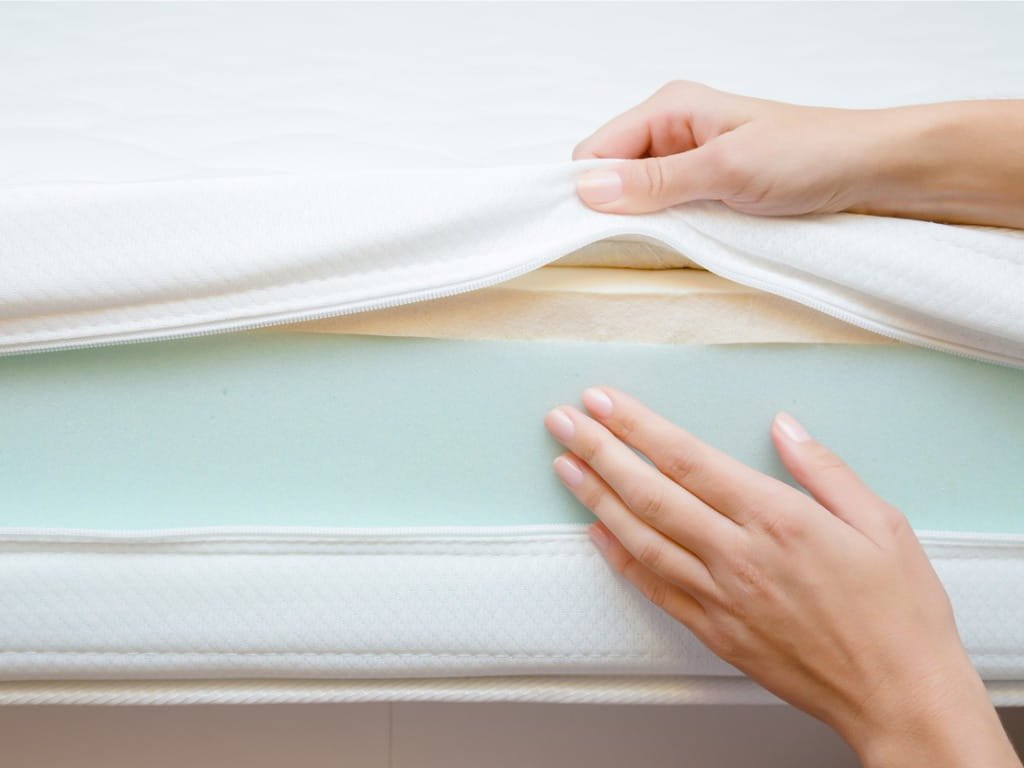When you’re setting up a healthy home, you pay attention to the food you eat and the air you breathe. But have you thought about the chemicals hiding inside the foam products you use every single day—your mattress, your pillows, and your favorite sofa? Terms like VOCs and CertiPUR-US might sound like technical jargon, but getting to grips with them is crucial for your health, your comfort, and the planet. This guide breaks down the science behind these labels and shows you how to choose safer, cleaner foam products for your home.
The Invisible Problem: What Are VOCs?
VOCs, or Volatile Organic Compounds, are chemicals that easily turn into gases at room temperature. They’re common byproducts found in countless household items, including paints, cleaners, and the polyurethane foam used in bedding and furniture.
The concern with VOCs lies in the process of off-gassing. When you unbox a new mattress and notice that distinct, chemical-like smell—often called the “new mattress smell”—you’re literally smelling VOCs being released into your home’s air. Even after the odor fades away, low levels of these compounds can continue to be emitted for months.
Why VOCs Matter for Sleep:
Prolonged exposure to VOCs can irritate the eyes, nose, and throat, cause headaches, and contribute to more serious respiratory niggles or allergic reactions over time. Since we spend a third of our lives on a mattress, cutting down on this exposure is essential for healthy indoor air quality, especially in a place where our bodies are meant to be resting and repairing.
The Solution: CertiPUR-US Certification
So, how do you find high-quality foam without the chemical nasties? This is where the CertiPUR-US certification program provides the answer. When you spot this seal on a mattress, cushion, or pillow, it means the foam has been put through the wringer to meet strict standards for safety, health, and environmental impact.
What the CertiPUR-US Seal Truly Means:
The certification gives you solid reassurance across three key areas: chemical exclusion, air quality, and performance.
| Focus Area | What the Foam is Made Without | The Health Benefit |
| Banned Chemicals | Ozone depleters, heavy metals (like mercury and lead), formaldehyde, and certain dangerous flame retardants (PBDEs, TDCPP, or TCEP). | Prevents exposure to toxins known to cause long-term health issues. |
| Indoor Air Quality | High VOC emissions. | Certified foams give off very little VOCs, significantly reducing the chemical load and taming the strong off-gassing smell. |
| Eco & Durability | Phthalates (often used to soften plastics). | Supports environmentally responsible manufacturing and ensures the foam will stay top-notch over the long term. |
Essentially, the seal is your easy guarantee that the foam inside is non-toxic and safe, having been vetted by an independent third party.
Conclusion: Your Choice for a Cleaner Sleep
Choosing a CertiPUR-US certified foam product is an active choice for looking after your well-being. You gain peace of mind knowing that your mattress or pillow meets stringent standards for low emissions and non-toxic materials, while also supporting eco-friendly foam production.
It’s a simple seal that delivers a profound benefit: a healthier, cleaner sleep environment for you and your family. Next time you shop for foam products, look for the CertiPUR-US certification—it’s the quickest way to ensure you’re choosing health, quality, and sustainability for your home. Sleep clean, live well! 💚



